Chancellor Details FTTP Broadband Investment and Business Rates Relief
The Chancellor of the United Kingdom, Philip Hammond, has today given his first Autumn Statement 2016 and revealed a bit of extra detail about the plan to encourage investment worth £1bn+ towards the roll-out of ultrafast pure fibre optic broadband (FTTP/H) and 5G Mobile. Business rates will also be cut.
At present the existing State Aid fuelled Broadband Delivery UK programme (this is gobbling about £1.6bn+ of public investment) only aims to make fixed line “superfast broadband” (24Mbps+) services available to 95% of the population by the end of 2017 (this may slip into 2018) and possibly around 97-98% by the end of 2019. The final 2% or so are expected to be covered by a 10Mbps Universal Service Obligation (USO), although it’s hoped that most will get something faster than the minimum.
The Government has also conducted various pilots to test Alternative Network (AltNet) solutions, such as fixed wireless, fibre optic and Satellite based broadband connectivity. The related pilots appear to have gone well (here) and the research is now being used as part of planning for future BDUK contracts.
However the country has recently witnessed a number of major changes. Firstly, there was the Brexit vote to leave the European Union. Soon after that a new Prime Minister, Theresa May, took office, cleaned house and promised a different way of doing things. “We will make Britain a country that works not for a privileged few but for every one of us,” said May.
Since then the opposition Labour Party has promised to splurge masses of public money on broadband infrastructure (here) and the EU has outlined a vision that could see 100% of homes being given access to a “minimum broadband speed” of 100Mbps+ by 2025 (here and here).
Most recently the new Digital Minister, Matthew Hancock, has even signalled that he believes the future should depend upon “Gigabit speeds” (1000Mbps+) via “full fibre” FTTH/P broadband infrastructure and he intends to support alternative networks (AltNets) in order to help deliver on that promise (here).
Yesterday the Government finally put some weight behind all of this talk by announcing a new Digital Infrastructure Investment Fund (here), which is to be supported by £400m of public money and this could grow to nearly £1.5bn (over the life of the scheme by 2021) once matching support from the private sector is factored. We were also told of a £740m investment to help roll-out future 5G Mobile networks. Today we got some clarification.
Philip Hammond, UK Chancellor, said:
Our future transport, business and lifestyle needs will require world class digital infrastructure to underpin them. So my ambition is for the UK to be a world leader in 5G. That means a full-fibre network; a step-change in speed, security and reliability.
So we will invest over £1 billion in our digital infrastructure to catalyse private investment in fibre networks and to support 5G trials. And from April we will introduce 100% business rates relief for a 5 year period on new fibre infrastructure, supporting further roll out of fibre to homes and businesses.
We have chosen to borrow to kick-start a transformation in infrastructure and innovation investment. But we must sustain this effort over the long term if we are to make a lasting difference to the UK’s productivity performance.
So today I have written to the National Infrastructure Commission, to ask them to make their recommendations on the future infrastructure needs of the country. Using the assumption that government will invest between 1% and 1.2% of GDP every year from 2020 in economic infrastructure covered by the Commission.
To put this in context, we’ll spend around 0.8% of GDP on the same definition this year.
Apparently this means that the government will invest over £1 billion by 2020-21, including £740 million through the National Productivity Investment Fund (NPIF), targeted at supporting the market to roll out full-fibre connections and future 5G communications.
The above should bring faster and more reliable broadband for homes and businesses across the UK and boost the next generation of mobile connectivity. This will be delivered through the following..
* £400 million for a new Digital Infrastructure Investment Fund, at least matched by private finance, to invest in new fibre networks over the next 4 years, helping to boost market ambitions to deploy full-fibre access to millions more premises by 2020.
* A new 100% business rates relief for new full-fibre infrastructure for a 5 year period from 1 April 2017; this is designed to support roll out to more homes and businesses.
* Providing funding to local areas to support investment in a much bigger fibre ‘spine’ across the UK, prioritising full-fibre connections for businesses and bringing together public sector demand. The government will work in partnership with local areas to deliver this, and a call for evidence on delivery approaches will be published shortly after the Autumn Statement.
* Providing funding for a coordinated programme of integrated fibre and 5G trials, to keep the UK at the forefront of the global 5G revolution; further detail will be set out at Budget 2017 as part of the government’s 5G Strategy.
The move marks a break from George Osborne’s more Austerity conscious economic policy and is partly intended to help offset some of Brexit’s potentially negative impacts. At the same time the fund may help to support Ofcom’s strategy for their Strategic Review (here), which seeks to encourage infrastructure competition for Openreach (BT).
The DIF, which was previously called the Broadband Investment Fund (here), promotes a clear focus on Alternative Network (AltNet) ISPs that can offer pure fibre optic networks, such as Gigaclear, B4RN, Hyperoptic and so forth; it is not intended for use by BT or Virgin Media, which can already benefit from BDUK and the UK Guarantee Scheme; the latter was today also extended until 2026.
All of this sounds good and we’re not going to knock the idea of bringing ultrafast Fibre-to-the-Premise (FTTP/H) broadband to an extra 2 million premises via the DIIF, which is in addition to the 2 million promised by BT for 2020 and another 2 million from Virgin Media by 2019. Altnet ISPs have also suggested that, with the right support, they could add another 4.9 million to that total (here) and today should go a long way to provide the necessary support.
However £1.5bn is still a long way from being enough to deliver on the aspiration of universal FTTP/H network coverage (many billions more would be needed), particularly with BT and Virgin Media focusing most of their effort on upgrades in urban areas via their existing hybrid-fibre (G.fast [10 million premises by 2020] and HFC DOCSIS [15 million premises by 2019]) platforms.
Until today there had also been significant frustration over the Government’s casual attitude to the threat from a massive hike in business rates, which could make it significantly more expensive to deploy the new generation of fibre optic broadband (here). For example, the major operators could see their bills rise from an estimated £165m to £743m from 1st April 2017.
However today’s announcement did include a pledge to introduce, from April 2017, a five year relief from business rates on investment in new fibre optic broadband infrastructure. Combined these developments could have a very positive impact. Mind you, existing fibre isn’t so lucky and will suffer a big hike! We also wonder if this will stall existing roll-outs until next spring.
Separately we note that most of the major players (BT, Virgin Media, BSG, Ofcom, TalkTalk, Cityfibre, CLA and some councils etc.) will be coming together on 7th December 2016 as part of an event that will debate future public policy, which is titled – “Delivering Britain’s Next Generation Broadband Infrastructure” (sub-title: High Fibre, Low Ping and Making the Most of a Connected Country).
“This event will bring together key stakeholders to discuss the progress in increasing superfast broadband coverage, how to close the divide between those who have access to good communications services and those who do not (or are unable to fully utilise them), and the future roles of BT Openreach, Broadband Delivery UK and Ofcom and ISP’s in developing the UK’s communications infrastructure,” said a short briefing.
UPDATE 2:04pm
Now for a few comments from the industry.
CLA President, Ross Murray, said:
“The new £400 million Digital Infrastructure Investment Fund is overly focused on giving city based homes and businesses access to fibre to premises, hyperfast broadband. There is little comfort in this for rural people still struggling to get minimum connection speeds. Connecting the ‘final 5%’ of rural communities and businesses must remain the priority until the job is done.
Action to reduce rates bills for fibre optic broadband infrastructure creates an opportunity to increase the affordability of roll out in more rural areas and we will press for the industry to deliver on it.”
Ben King, CEO of ISP WarwickNet, said:
“The plans outlined in the Chancellor’s Autumn Statement are extremely pleasing. The government has now realised that the future is fibre and we are proud to be a market leader in this area.
We are one of only five ISPs in the country to be deploying fibre in BT’s duct and pole network commercially and have already laid more cable than any other provider – supplying connectivity solutions to more than 1,000 businesses nationwide.
Having access to BT’s Openreach ducts and poles has allowed us to deploy our own fibre networks across poorly connected business parks on a much faster timescale and has seen numerous businesses connected in a fraction of the time it would have taken otherwise.
Although this is great news, we still have some way to go in terms of getting UK business parks the bandwidth they desperately want and need, but the support which is now being shown for this initiative, along with the provision of FTTP really has the power to transform businesses and establish the UK as a world leader in the digital economy.”
UPDATE 4:32pm
A few more comments.
Matthew Hare, Chief Executive at Gigaclear, said:
“Chancellor Philip Hammond’s Autumn Statement is a pro-business, pro-infrastructure, pro-fibre announcement. As a company delivering new fibre networks to rural England, this sets the tone for helping Gigaclear to accelerate the rollout of great fibre up and down the country. The relief on business rates for those building new fibre infrastructure from April is, of course, welcome.
Broadband has become a ‘fourth utility’, vital for work, entertainment and staying connected. The £400 million investment will fund the extension of a futureproof fibre network ensuring more people have access to better, faster broadband.”
ISPA UK Statement
“ISPA, the voice of the UK Internet industry, supports the Government’s ambition to help boost the UK’s broadband infrastructure, one that recognises the role of the full range of providers across the UK.
Rollout will always be market-led and ISPA members are spending billions rolling out future-proofed networks across the UK. While this extra investment is very welcome, as is the news that new infrastructure will be exempt from business rates, the Government needs to make sure it compliments planned investments and look at additional steps to remove barriers and help deliver digital infrastructure. For example wayleaves reform, planning rules and excessive streetworks regulation can be significant barriers to investment.
The next step is for the Government to work with us on what opportunities the new funding means in practice for our members and how we can give Britain the broadband it needs for the future.”
Alex Holt, KPMG Partner and Head of Technology, said:
The Chancellor’s announcement of a 100 per cent business rates relief for five years on fibre is designed to change the investment economics for operators, so that new fibre investments are more attractive. As always, the devil will be in the detail, but today’s announcement is likely to be an important consideration for a number of network operators when planning their fibre strategies for the next few years. These operators will be looking for clarity from the Government on what the announcement means in practice, and this will need to be provided quickly if the Government’s goal of changing investment plans is to be achieved.
It also heralds a significant shift in policy, with the Government taking a technology-specific, rather than technology-agnostic and outcome-based approach.
Fibre and 5G will play a vital role in enabling productivity gains across all UK industries by driving emerging areas such as the Internet of Things, Artificial Intelligence and Robotics. The private sector will provide the vast bulk of the investment required to upgrade our mobile and fixed networks, but the economics don’t work quickly, or everywhere in the UK for that matter. The Government can and should continue to step-in, to fill the gaps and to further incentivise investment in strategic technologies like Fibre and 5G mobile networks if the UK to be a leader in ultrafast fixed and mobile communications.”
UPDATE 24th Nov 2016
Openreach and Hyperoptic have informed us, via the ISPA, that their existing roll-outs will not be stopped or slowed until April 2017 in order to take full advantage of the new business rates. However Virgin Media said they haven’t made a decision and are still crunching the numbers.
Mark is a professional technology writer, IT consultant and computer engineer from Dorset (England), he also founded ISPreview in 1999 and enjoys analysing the latest telecoms and broadband developments. Find me on X (Twitter), Mastodon, Facebook and Linkedin.
« BT and TalkTalk TV to Benefit from YouView IPTV Box Update
Latest UK ISP News
- FTTP (5530)
- BT (3518)
- Politics (2542)
- Openreach (2298)
- Business (2266)
- Building Digital UK (2247)
- FTTC (2045)
- Mobile Broadband (1977)
- Statistics (1790)
- 4G (1668)
- Virgin Media (1621)
- Ofcom Regulation (1465)
- Fibre Optic (1396)
- Wireless Internet (1391)
- FTTH (1382)

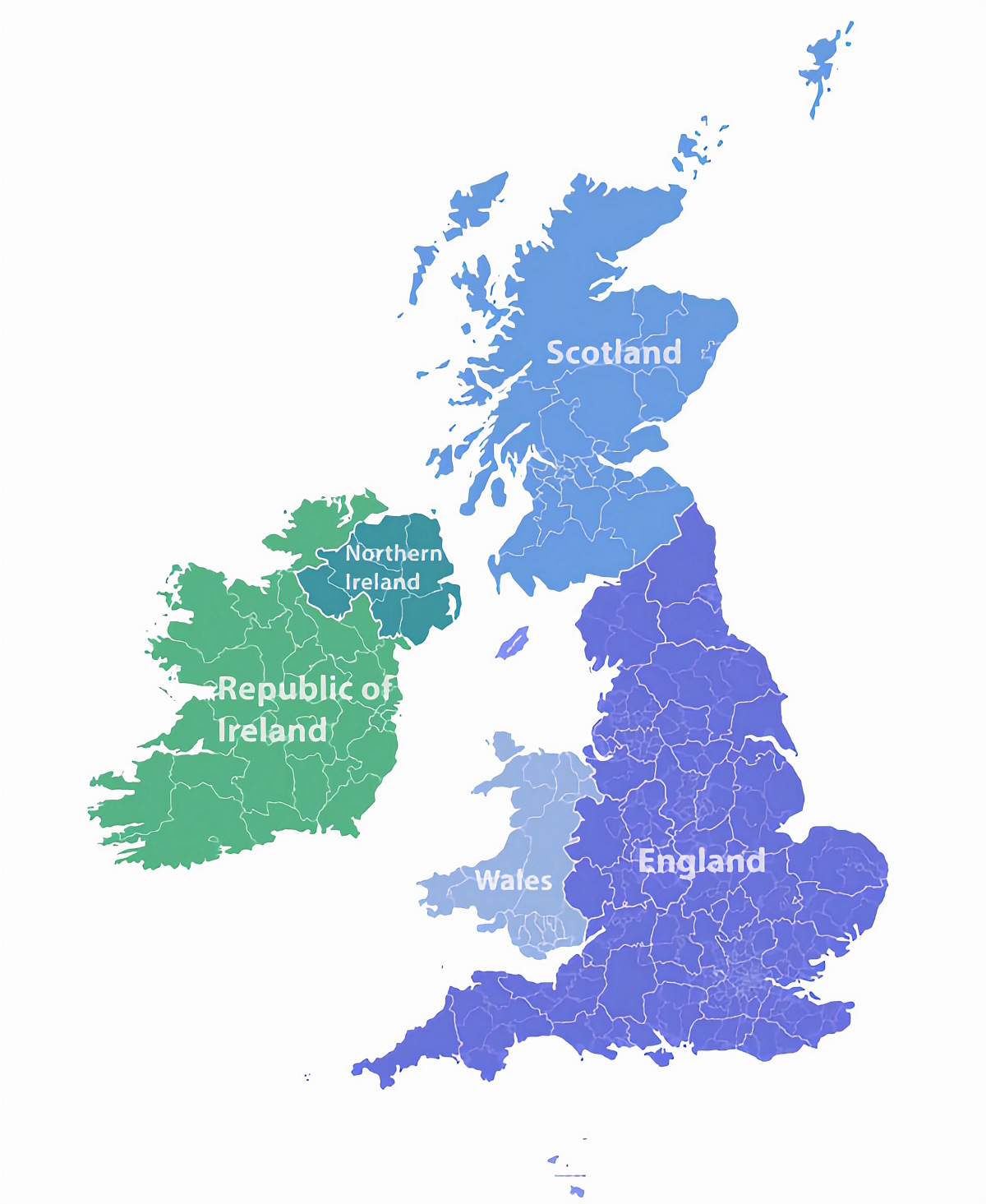
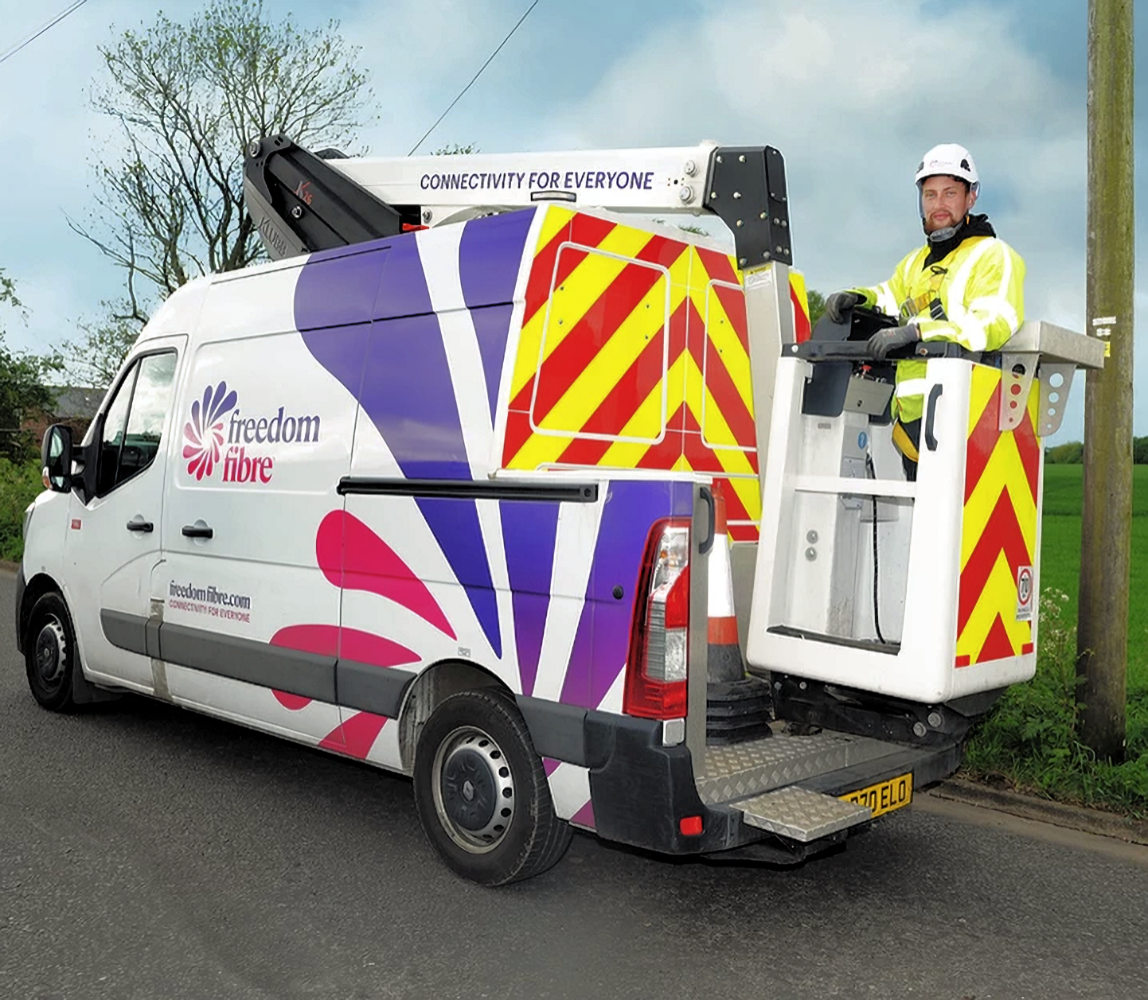

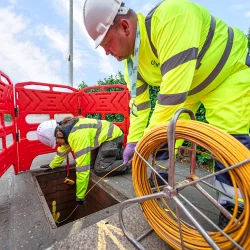
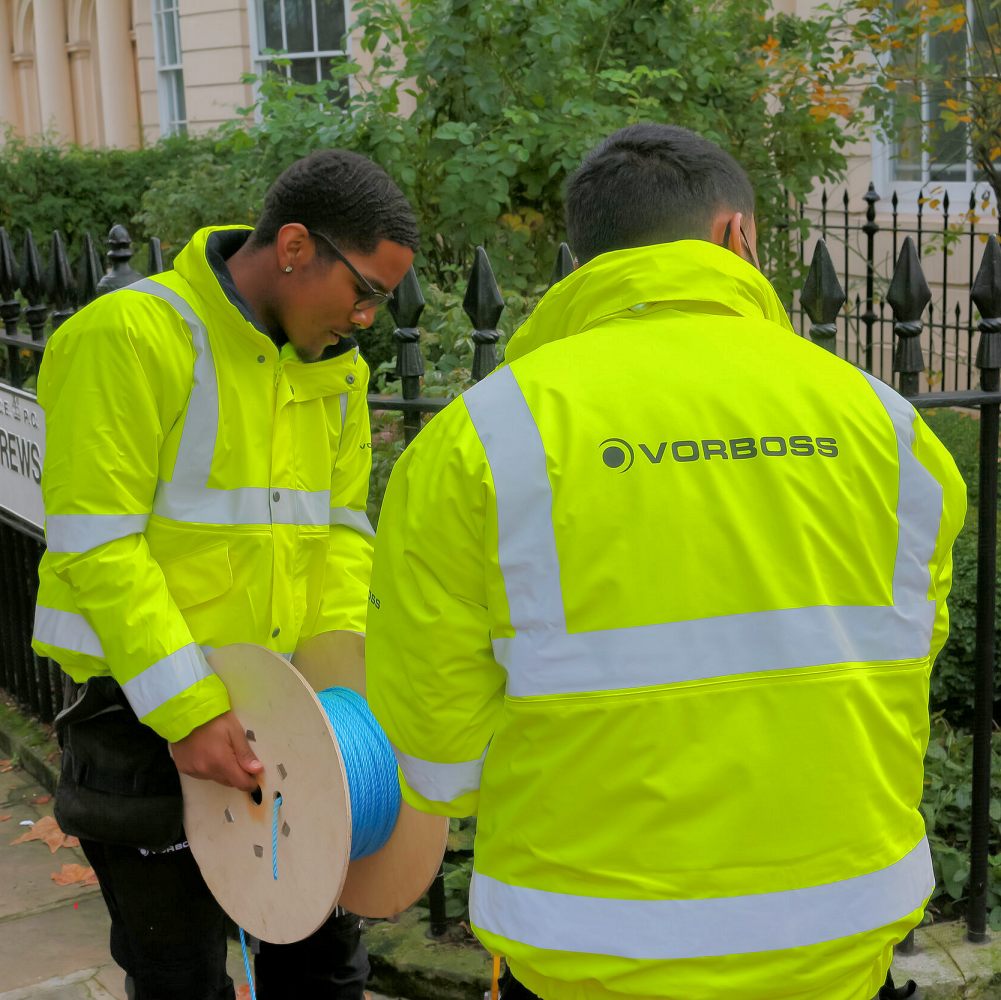


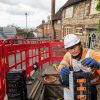








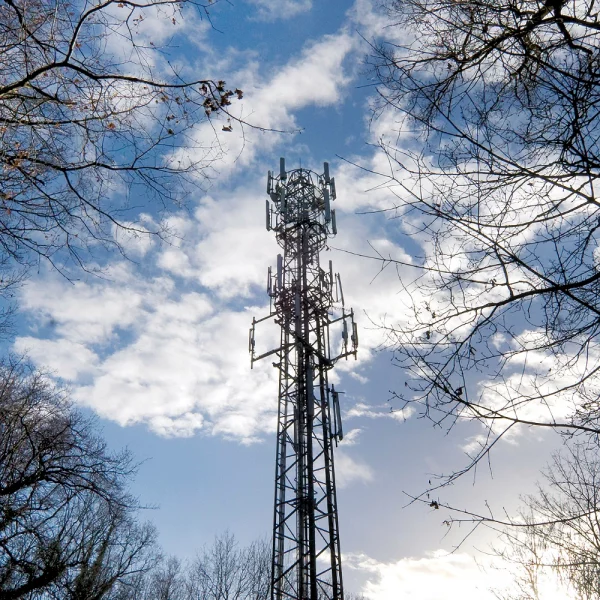
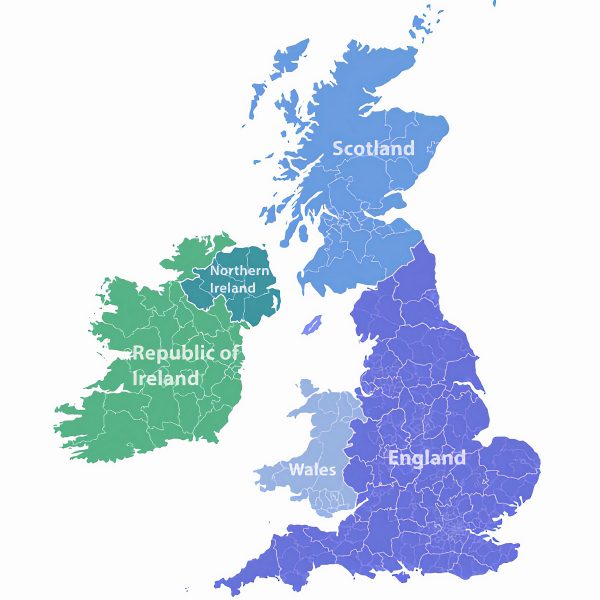
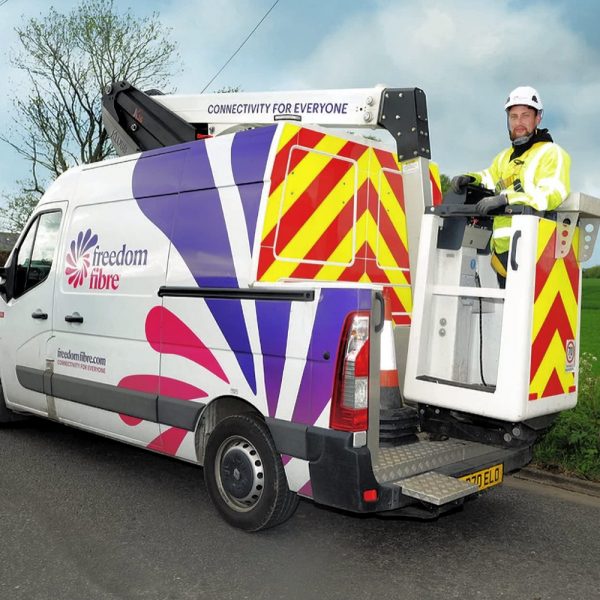




































Comments are closed